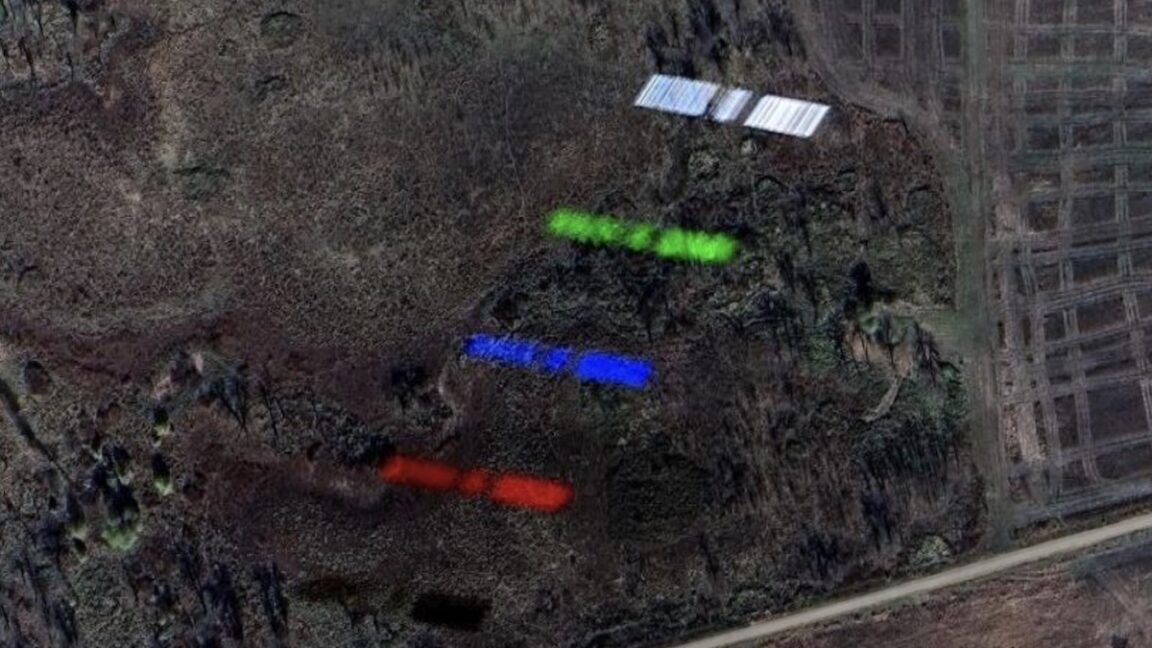
"Despite the prevalence of satellites, real images in orbit are rare. Commercial entities are changing this with services aimed at non-Earth imaging."
"A satellite in low-Earth orbit needs to travel faster than 17,000 mph to avoid falling into the atmosphere, showcasing the speed of these objects."
"The Google Earth image reveals how Airbus' Pleiades satellites utilize multiple spectral bands to create representations of satellites in their operational environment."
"The image artifacts produced by the satellite's speed show its appearance in various colors, highlighting the technology used to capture its movements."
The article emphasizes the novelty of capturing authentic images of satellites in orbit, particularly with the rise of commercial imaging companies repurposing Earth observation technology for non-Earth applications. This change enables valuable insights for various sectors, including military and corporate interests. The piece further explores the remarkable velocity of these objects, detailing how Airbus Pleiades satellites employ multiple spectral bands to capture distinct representations of satellites. An example provided discusses how these images show artifacts due to the speed, revealing a deeper understanding of satellite operations in low-Earth orbit.
Read at Ars Technica
Unable to calculate read time
Collection
[
|
...
]